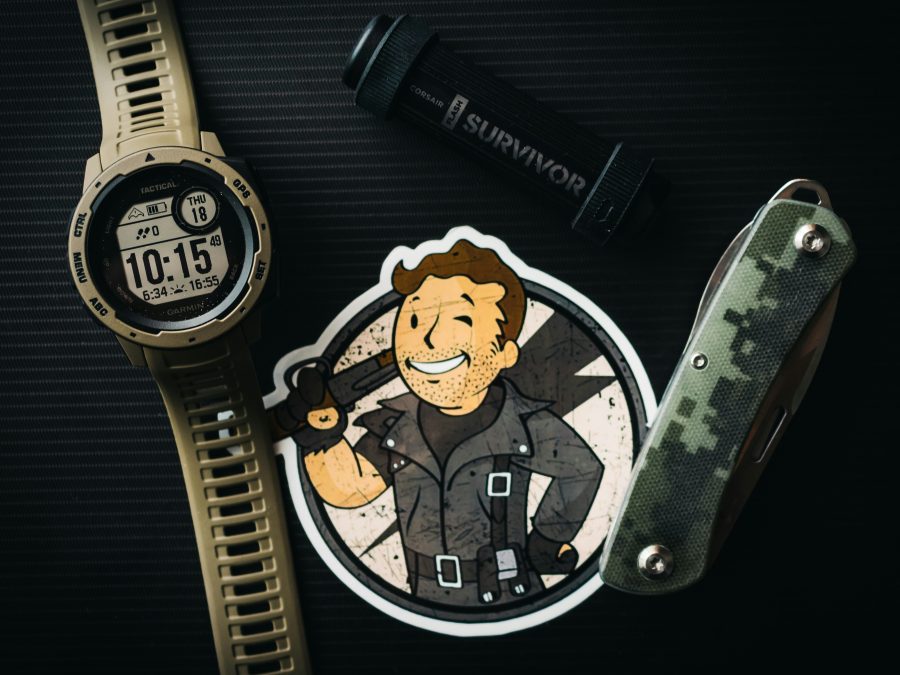LinkedIn, the holy grail for widget developers seeking to prove their software is serious, has taken some interesting steps towards a more social future in the release of some new features and discussion of their forthcoming API this morning. While some of what was announced is very cool, I’m not sure how ready the business world is for widgets. I’ve still got my fingers crossed for the future, but today’s news hasn’t gotten me very excited yet.

First, the Good News
This is something we’ve really been looking forward to, there’s so much potential here. The best thing that LinkedIn announced today is a cool new partnership with BusinessWeek. You’ll now be able to hover over peoples’ names in stories on the BW site and see how you’re connected to them via LinkedIn. That’s awesome. The news site will also offer a social bookmarking button to share an article just with your network of contacts. That’s mildly interesting. Both of these features have some real potential and should be rolled out to more sites soon.

LinkedIn also announced its newsfeed today and a new reading list that will highlight the most popular articles around the web among your contacts. There’s no Beacon action here, it’s just for articles visited by clicking through links in LinkedIn. In other words, it’s not worth much yet. Add the ability to import your APML profile and get recommendations and then we’re really talking.
Finally, modules on the newly designed home page can be moved around by drag and drop. As Allen Stern at CenterNetworks pointed out, if LinkedIn partnered with an existing startpage, embraced this paradigm whole-hog and became a destination site – then things might really change.
For now, I find all of the above (except the Business Week pop-up profiles) rather uninspiring. If that’s the good news, let’s talk about the bad news, shall we?
Hey Suits – You Ready to Get Funky?
Unlike Facebook, to which the as yet unavailable LinkedIn API is inevitably being compared, this platform will be a closed one. The whole thing so far has an awfully closed feel to it. The company put up two blogposts last night about the announcements and has not allowed a single comment to pass through moderation on either yet. Is this the glorious new open social future? Compare the small consumer social network Multiply, where Friday’s upgrade announcement now has 264 text, video and audio comments left in response. Business-focused readers don’t leave comments and business sites are slow to embrace discussion and other social interaction meaningfully. It’s part of a larger pattern for businesses to be grounded in a posture of protection more than risk taking. LinkedIn doesn’t seem aimed to change this. See Anne Zeleneka’s excellent post on the announcement for good thinking along similar lines.
The Platform Will Be Wonderful, We Promise
Beyond just being closed in the selection of 3rd party partners, the LinkedIn API still isn’t available. It will be based on the Google-led OpenSocial, in theory cutting short the 18 months LinkedIn said it was take to unveil its platform when Facebook was launching its. An increasing number of voices are criticizing OpenSocial – see for example Lee Lorenzen’s “OpenSocial Half-Baked and Google Execs Don’t Seem to Care.” I’ve gone from thinking that OpenSocial would be a frightening step towards a final Google omniscience to being surprised by its incredible limitations (“it should be called OpenWidget” some people said at launch) to not knowing what to think.
Summary of the Bad News
To summarize: today LinkedIn announced some cool new features and made more promises about what will be a closed platform for select 3rd party partners, built on top of an API of questionable worth and targeted at business users with a history of disinterest in social applications. It’s not ready yet. Did we mention that the users will be people with money, though? I imagine that for that reason if nothing else, widget developers will remain very interested. I’d like to see LinkedIn do something better than this, though. For more discussion, see extensive coverage via Techmeme.





















